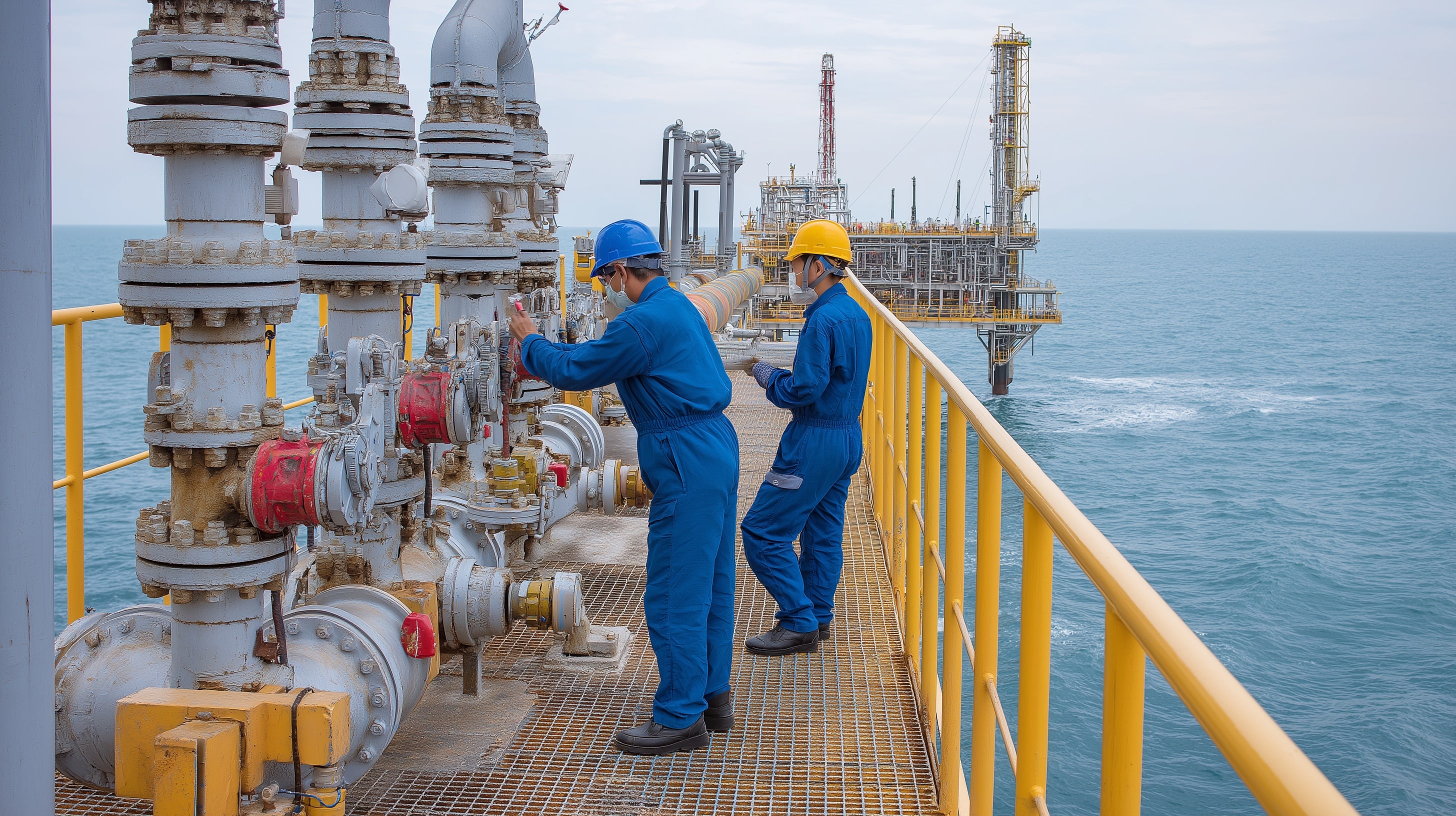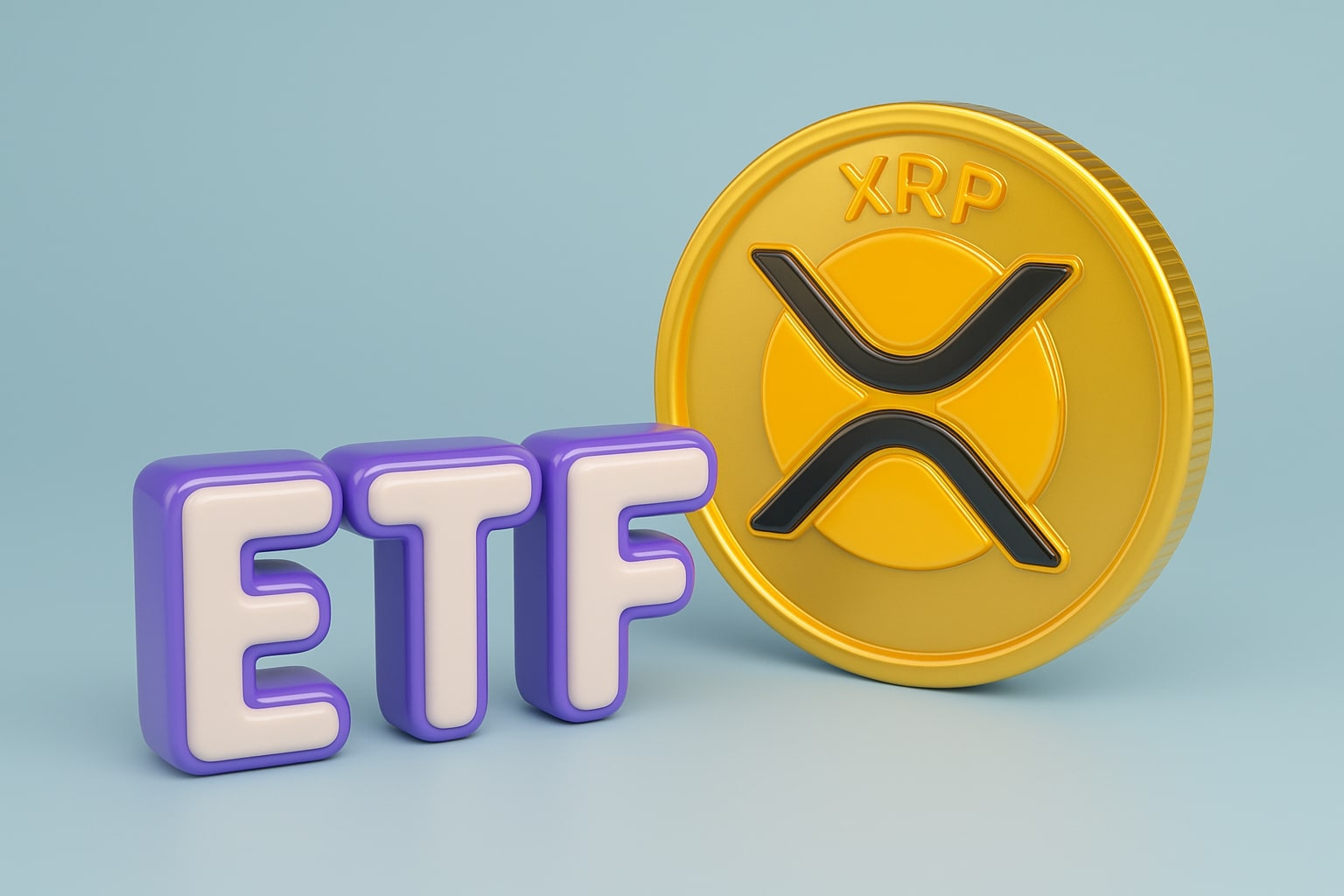WTI (CL=F) and Brent (BZ=F) Sink to Five-Month Lows as Tariff War and Ceasefire Unwind Oil’s Risk Premium
Oil markets were struck by a heavy correction this week, with West Texas Intermediate (CL=F) plunging 4.24% to $58.90 per barrel and Brent (BZ=F) sliding 3.82% to $62.73, both hitting their lowest levels since May. The selloff was the result of a perfect storm of macro and geopolitical triggers: a ceasefire between Israel and Hamas that removed a key layer of geopolitical risk, a renewed escalation in U.S.–China trade tensions following President Trump’s threat of massive new tariffs, and OPEC+ production data confirming a structural rise in supply just as demand signals weakened. Markets that had been pricing in risk premiums for months are now in full retreat, with crude facing its sharpest weekly decline since mid-summer.
Ceasefire Defuses Middle East Premium but Sparks Fear of Oversupply
The ceasefire brokered between Israel and Hamas effectively dismantled the Middle East risk premium that had added several dollars to Brent and WTI futures. The deal includes Israeli troop withdrawals, the reopening of Gaza crossings, and a monitored humanitarian aid corridor, all viewed as stabilizing factors that diminish the likelihood of immediate supply disruptions. With tanker routes through the Suez and Red Sea now secure, traders quickly repriced crude futures, erasing nearly $3 per barrel from intraday highs. Data from Vortexa shows crude stored on tankers for over a week dropped 7% week-on-week to 82.8 million barrels, signaling faster shipment flows as fears eased. The drop in floating storage—normally bullish—couldn’t offset broader macro headwinds.
Trump’s Tariff Threat and China’s Retaliation Crush Demand Outlook
The decisive downward pressure on crude came from Washington. President Trump’s warning of a “massive tariff increase” on Chinese goods, in response to Beijing’s rare earth export curbs and new ¥400 per ton ($56/mt) port fees on U.S. vessels, spooked markets already fragile from declining refinery runs. The move triggered a global equity selloff and erased risk appetite, with investors rushing out of cyclical assets like oil. The dollar strengthened, the U.S. 10-year Treasury yield rose above 4.3%, and WTI futures collapsed through the psychological $60 barrier. Analysts at UBS and ANZ noted that a renewed trade war could shave up to 0.3 million barrels per day (bpd) off global oil demand growth in 2026, reversing earlier bullish expectations tied to Asian refinery expansions.
OPEC+ Adds 137,000 bpd While U.S. and Brazil Expand Output
The latest OPEC+ decision to raise output by a modest 137,000 bpd in November was meant to project restraint, yet it underscored the alliance’s difficulty managing price stability amid rising non-OPEC production. The bloc’s total output for September rose 400,000 bpd to 29.05 million, its highest in two and a half years. Saudi Arabia’s strategy of gradual increases to maintain cohesion among producers hasn’t fully offset record output from the U.S., where the EIA estimates crude production near 13.3 million bpd, up 7% year-over-year, and Brazil, where Petrobras (NYSE:PBR) just confirmed a new offshore discovery in the Agua Marinha block of the Campos Basin. Together, these factors suggest global output could exceed 102.5 million bpd by year-end, exceeding consumption forecasts by more than 0.8 million bpd.
Inventories Build While Refinery Margins Narrow
Inventory data painted a clear picture of softening demand. The EIA reported a 3.7 million-barrel build in U.S. commercial crude stocks, offset slightly by a 1.6 million-barrel draw in gasoline inventories, implying refinery utilization near 89% capacity. Crack spreads narrowed, particularly for gasoline, where prices fell 3.3% to $1.82 per gallon, their lowest in four years. The Baker Hughes rig count declined by four units to 418, marking a 63-rig drop from last year, as producers react cautiously to falling prices. Meanwhile, Saudi Aramco (TADAWUL:2222) froze its official selling price for Asian clients at $2.20 per barrel above Oman/Dubai, signaling that it does not expect short-term demand growth to justify price hikes.
Russia’s Refinery Shutdown and Ukraine Strikes Add Complexity
While demand-side weakness dominates headlines, supply constraints persist in Russia. A Ukrainian drone strike forced the shutdown of the Kirishi refinery (160,000 bpd capacity), one of at least 15 refineries hit since August. The attacks have slashed Russia’s refined product exports to 1.94 million bpd, a three-year low, providing a small bullish offset to the broader selloff. However, Moscow has maintained overall crude exports above 4.5 million bpd, limiting the upside potential. Brent’s brief rebound above $64.30 earlier in the week was quickly sold off as traders judged these disruptions insufficient to counteract weakening demand.
Regional Oil Indicators Show Divergence as Asia Weakens
Asian benchmarks followed the global slide. Azeri LT CIF oil fell 4.17% to $66.36, while Omani crude averaged $72.10 per barrel, down 12.6% year-on-year. Oman’s exports for 2025 totaled 205 million barrels through August, nearly flat year-over-year, with daily output at 993,200 bpd. These figures highlight stable production but shrinking margins, with Asia’s refining centers—Singapore, China, and India—showing reduced intake. Aramco’s decision not to raise its official selling price for Asia further reflected weak margins across the region’s refineries, some of which are operating below 80% throughput.
CNOOC (SEHK:883) Faces Dual Pressure from Price Decline and Market Sentiment
The price collapse directly impacts CNOOC (SEHK:883), China’s largest offshore producer, whose shares fell 6.5% in the past month as oil benchmarks slid. Despite an impressive 320.8% five-year return, CNOOC now trades with a PE ratio of 6.4x, far below the sector average of 12.9x. Its intrinsic value, based on discounted cash flow estimates, sits near HK$65.06, implying a 71% undervaluation relative to current market price. With free cash flow projected to reach CN¥119.3 billion by 2029, the company remains fundamentally solid but exposed to price volatility. Any stabilization of CL=F near $60–62 could reignite interest from yield-focused investors, particularly given CNOOC’s consistent dividends and low debt levels.
Market Dynamics Point to Short-Term Bearish, Mid-Term Stabilization Bias
The technical and macro setup currently favors a bearish short-term stance. WTI faces resistance at $61.50–$62.00, with support at $57.80, while Brent’s range sits between $62.50 and $65.20. However, downside momentum may slow as the Dollar Index (DXY) softens and traders price in potential Federal Reserve rate cuts before year-end. With speculative net-long positions on crude at their lowest since March, any positive catalyst—such as stronger Chinese refinery throughput or U.S. inventory draws—could prompt a sharp short-covering rally.
Oil’s collapse to spring levels has purged speculative froth but exposed structural fragility. As OPEC+ navigates output management and global demand confronts trade headwinds, WTI (CL=F) and Brent (BZ=F) remain range-bound, pressured by oversupply but cushioned by geopolitical uncertainty and modest demand resilience. For now, the balance of forces supports a Hold/Bearish stance—accumulate selectively under $59, hedge volatility, and monitor China’s import pace and U.S. rig trends as key signals for any sustained recovery into 2026.
That's TradingNEWS




















